The Rise of the Off-Catalog Watch
Buyers Guides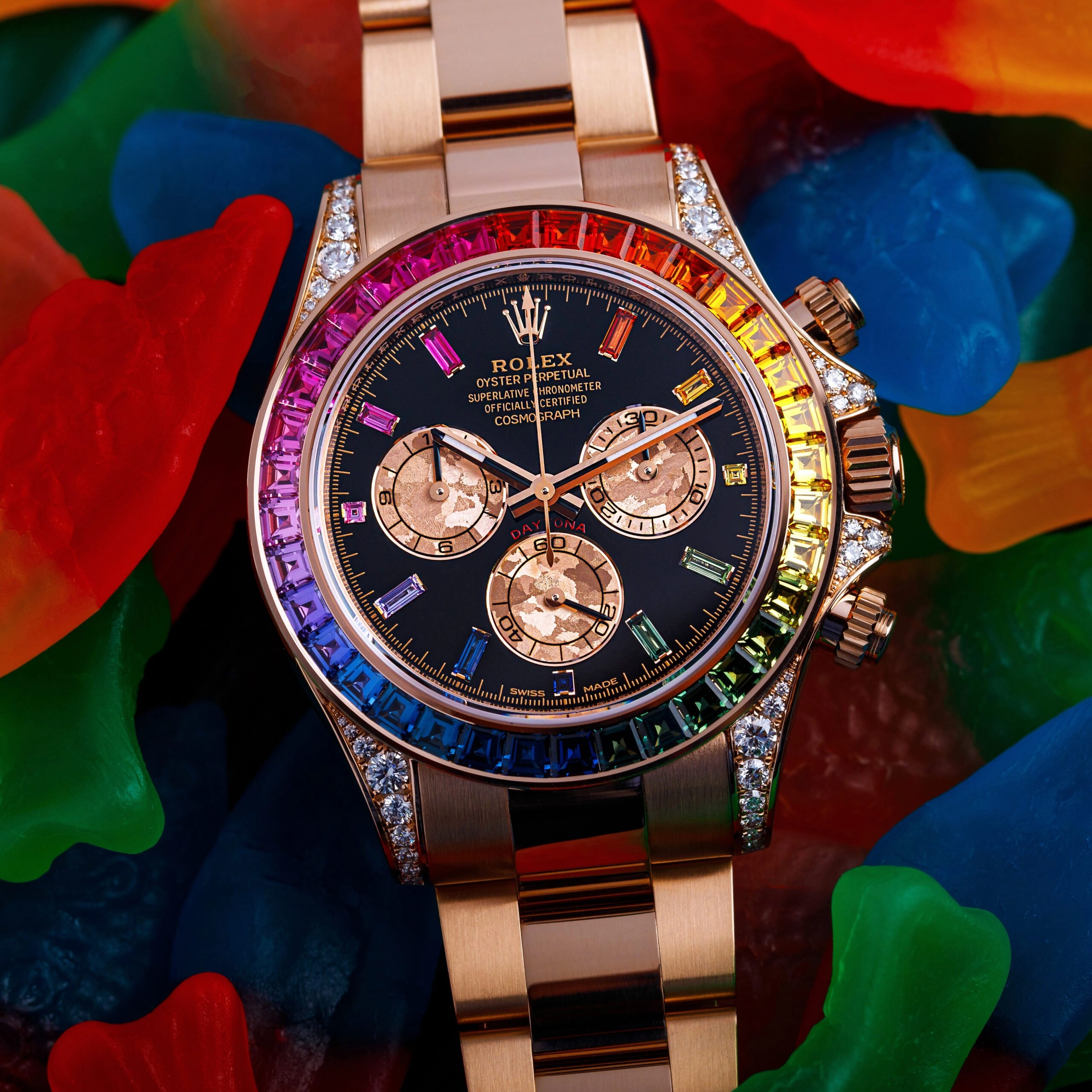
There was a time when a brand’s catalog served as a roadmap to its collection. If you wanted to know what existed, you turned the pages, scrolled the site, its references were there. In 2025, that transparency is gone. Some of the most desirable watches never appear online, never grace a boutique display, and certainly never star in an ad campaign. They live off the grid, offered quietly to a select few who know where to look—or who know the right people. Welcome to the shadow world of off-catalog watches.
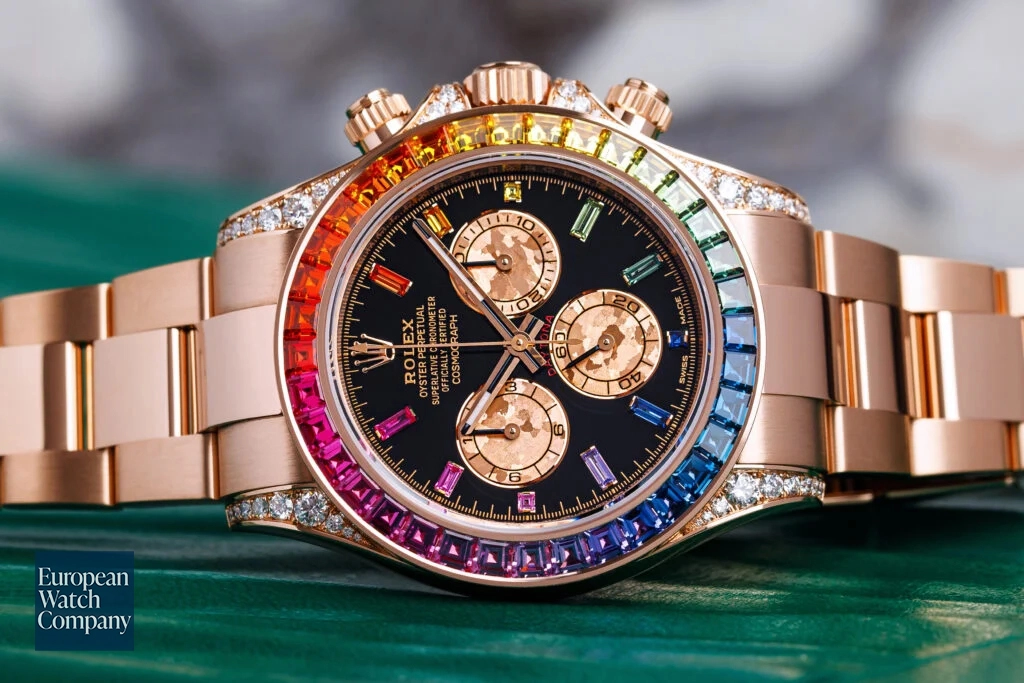
These aren’t simply limited editions with a number engraved on the caseback. Off-catalog pieces thrive in a gray zone, whispered about in collector circles, teased in private group chats, and sometimes secured only after years of relationship-building. Their allure isn’t just scarcity; it’s access. They represent an intimacy between brand and client, a promise that certain things remain beyond the algorithm and the open market. In an era of relentless visibility, that kind of invisibility has become the ultimate luxury.
What Is an Off-Catalog Watch?
Off-catalog watches aren’t part of a brand’s publicly promoted lineup. They can include regional editions, client-only offerings, or limited runs distributed through trusted dealers. While they may surface at auction or in collector circles, brands rarely acknowledge them.
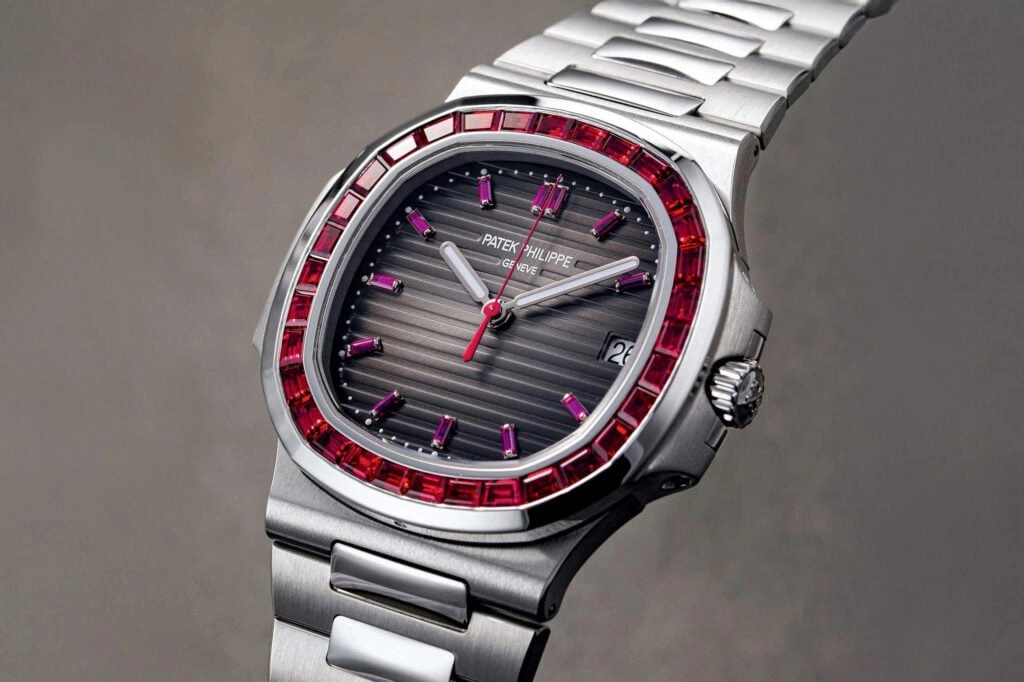
This isn’t just the domain of small independents. Rolex doesn’t list every variation on its site. Patek Philippe creates quiet dial variants for longtime clients. Cartier, Audemars Piguet, and others produce unlisted editions tied to specific events or retailers.
Scarcity Isn’t the Whole Story
Luxury has always thrived on exclusivity. But in an age where every release is instantly shared and dissected online, rarity alone isn’t enough. Off-catalog watches offer a different kind of value: not just in how few exist, but in how few people even know they exist.
That strategy appeals to seasoned collectors tired of the hype cycle. When every launch becomes a social media spectacle, owning a watch no one’s seen, let alone posted, becomes the ultimate flex.
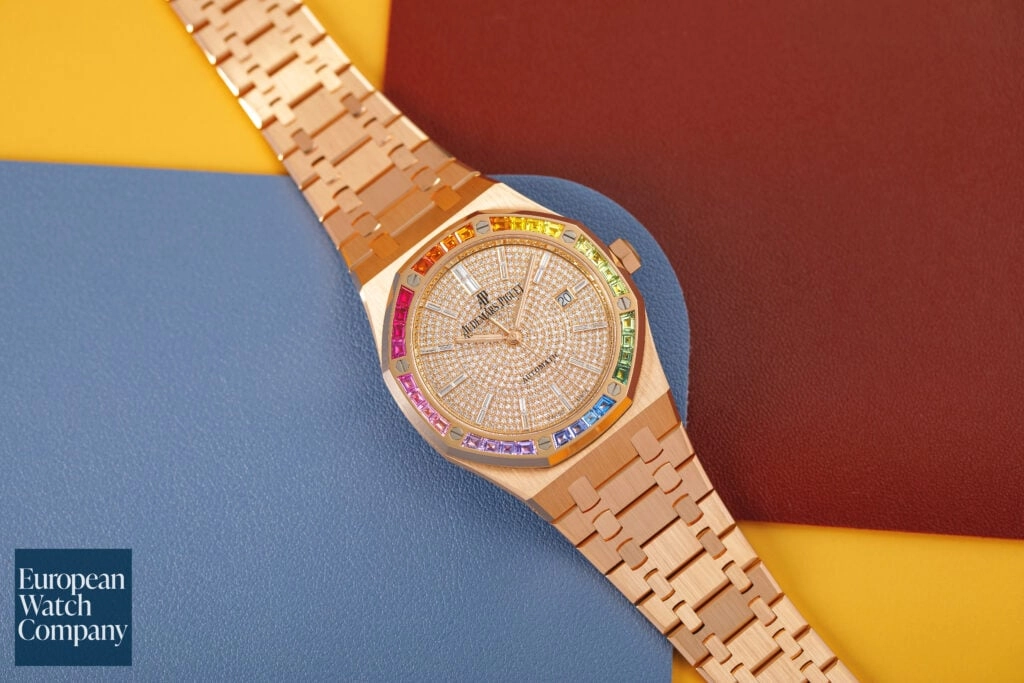
For collectors like Tom Exton, known better as TGE on Instagram and YouTube, the appeal is both emotional and practical. A longtime luxury and automotive content creator, Exton has pursued several low-visibility grails. “I’m all for different variants,” he said. “If they’re limited, there’s less chance of me bumping into someone else with one. And I may not lose my shirt if I ever need to come out of it. Win win.”
A Collector’s Game
Chasing these watches is about more than money. It’s about relationships, timing, and credibility. Collectors spend years building rapport with dealers, attending private previews, or staying plugged into the right circles.
Take FP Journe’s special edition Élégante, available only at the brand’s restaurant, F.P. Journe Le Restaurant, in Geneva. You can’t just walk in and buy one. Even being a customer isn’t enough. These watches are offered solely at the brand’s discretion, and only to those with a meaningful relationship to it.
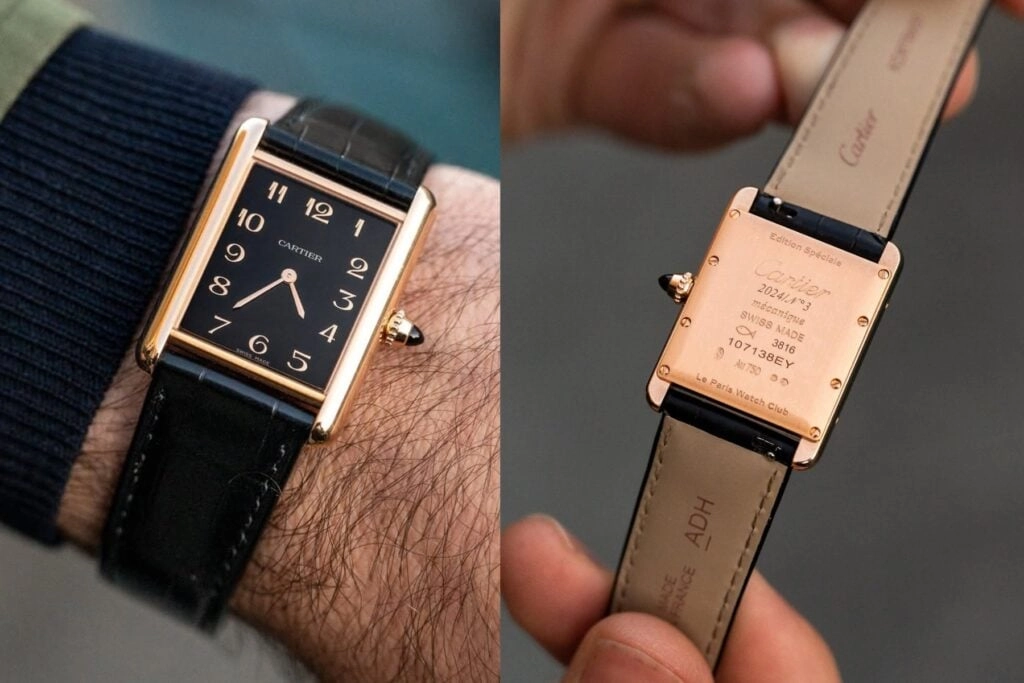
Photo courtesy of @masaharu.me
Exton knows that thrill well. He’s picked up pieces like the platinum Cartier Tank Louis made for the Paris Watch Club, a Revolution-edition Parmigiani Tonda PF, and an upcoming platinum Cloche tied to 13 Rue de la Paix. “The variant doesn’t need to really make huge sense to me,” he said. “I just need to love the watch, and it does not stand for something I hate. Then I’m in.”
A Window Into the Brand
Luxury writer and photographer Justin Hast has also ventured into the off-catalog world, recently commissioning two special pieces: a reworked Andersen Genève Monta à Tact with a full black onyx stone dial and a bespoke Piaget Warhol model featuring a vibrant Mukite stone dial in white gold.
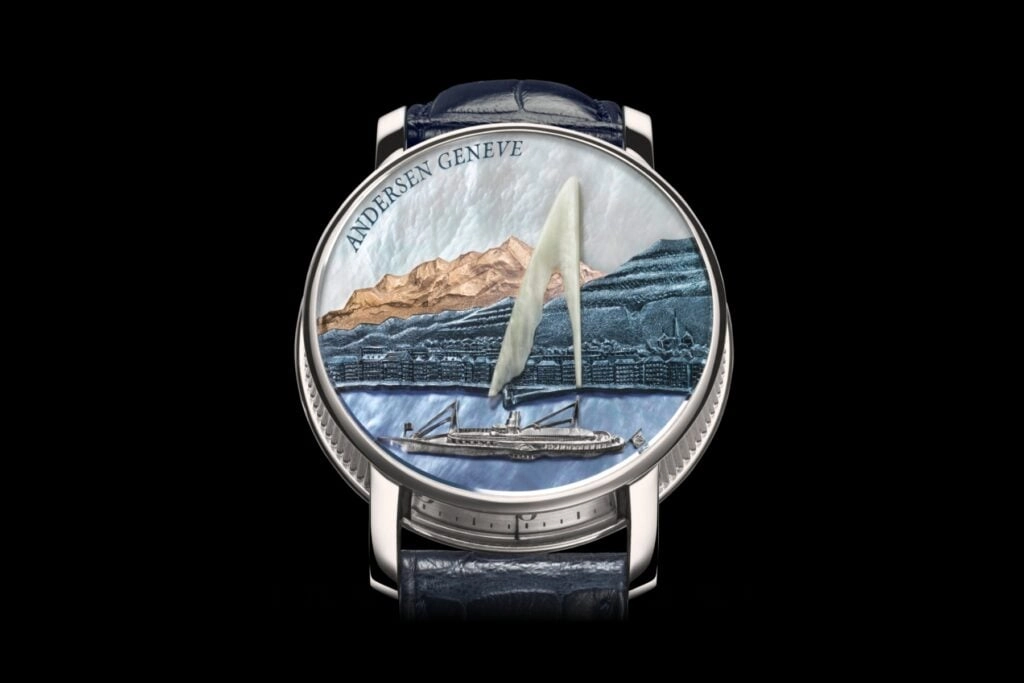
“The Andersen Genève doesn’t reveal any of the time at all,” he explained. “It just has the logo at six o’clock, and the time is displayed through the wandering hours between the lugs. They’ve done something similar once or twice before, like the piece unique for Only Watch in 2019 with a Geneva lake scene. I’m really excited about it.”
His Piaget commission highlights another layer to the trend: craftsmanship. “Piaget really specializes in world-class stone cuts and has access to incredible stones,” Hast said. “The selection process is just insane. I don't think there are many brands out there now that still offer that kind of bespoke experience. Certainly not of the size of Piaget.”
For Hast, these watches act as “a halo effect” for the rest of the brand’s lineup. “Often the piece unique offering is an opportunity for the brand to showcase its skills. You see Piaget producing a piece unique opal dial or a wood marquetry Warhol at a trade show, and it elevates the brand’s whole image—even for clients who might aspire to that one day.”
Do Off-Catalog Watches Change the Game?
Despite their allure, Hast doesn’t think they fundamentally change how most collectors engage with brands. “Honestly, no,” he said. “They really are the reserve of a select few clients that have been loyal and committed and close to the brand for a long period of time.”
Still, he noted Cartier’s recent pullback from these low-key exclusives as meaningful. “I don’t think it changes the way clients interact, but I do think it elevates the relationship of the core collector base. It creates a sense of admiration for the work.”
The Risk of Going Too Far
This level of secrecy has its critics. To some, the off-catalog trend is just another form of gatekeeping in an already exclusive industry. It can leave newer collectors out in the cold, especially if they don’t even know these pieces exist.
Exton cautioned that some brands may be overplaying their hand. “They’ve stuck themselves in a vicious cycle of back-to-back bespokes and special editions,” he said. “It must be a tempting cash grab and a much easier sell, but long term, I think it can cause more harm than good to a brand and overall desirability of the model in question.”
Still, as long as collectors chase the unattainable, off-catalog watches will maintain their mystique. Their appeal lies in the unknown. The idea that something extraordinary might be out there, just beyond reach. For brands, that’s the power of invisibility: a watch you can’t see, can’t buy, and can’t search for is often the one you want most.